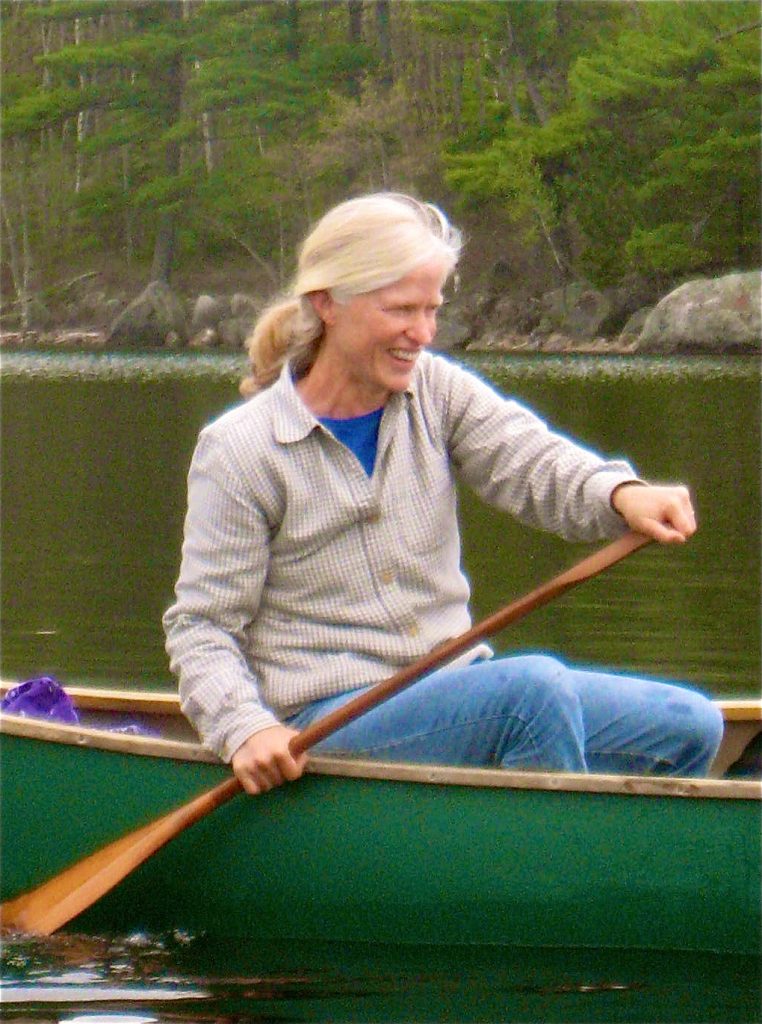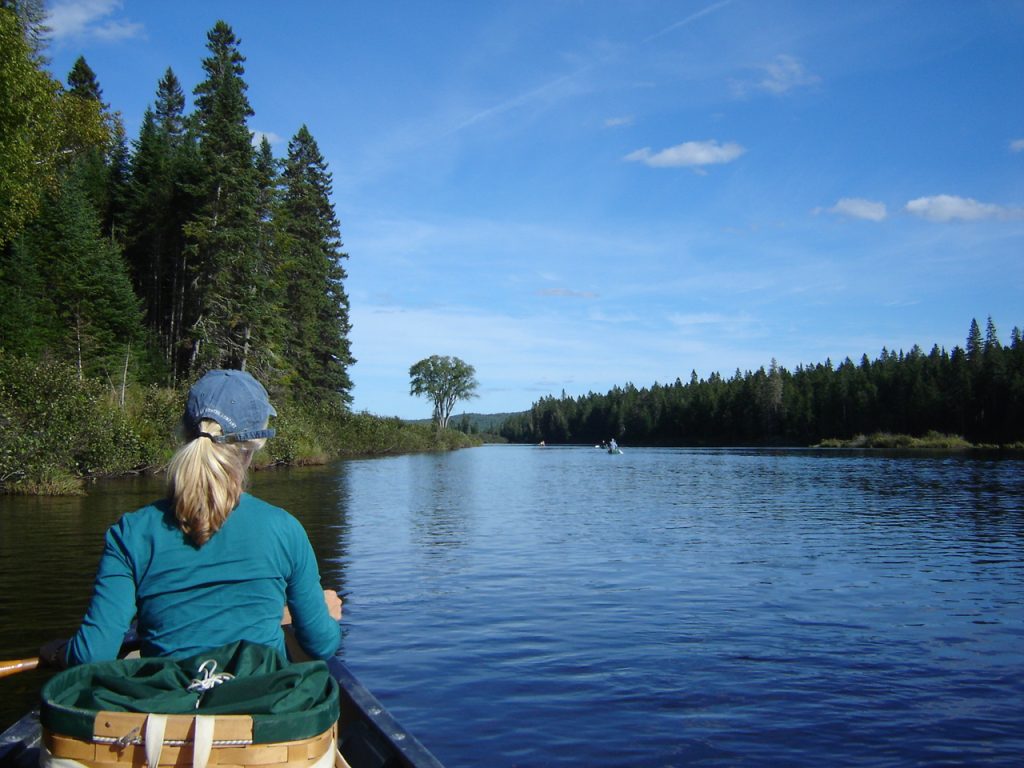I Had Paddled Many Rivers in Maine, But Never the Allagash
Although I had worked along different stretches of the Allagash starting when I was fresh out of college in 1979, my first canoe trip down the entire river was with my daughters, my husband, and a few friends in 1999.
 I’d paddled many rivers in Maine, but never the Allagash. It seemed like an ideal river for a family adventure. We poled through Mud Pond Carry, then spent the next seven days paddling to Dickey. We swam in rapids, fished, visited the locomotives, climbed the Round Pond fire tower, got eaten by black flies, and saw a dozen moose.
I’d paddled many rivers in Maine, but never the Allagash. It seemed like an ideal river for a family adventure. We poled through Mud Pond Carry, then spent the next seven days paddling to Dickey. We swam in rapids, fished, visited the locomotives, climbed the Round Pond fire tower, got eaten by black flies, and saw a dozen moose.
My favorite memory is of the faces of my then six- and eight-year-old daughters as we paddled past a boulder that turned into a moose, with its huge rack dripping water and algae, and then came face to face with a black bear munching berries around the next bend. It was a wonderful, quiet, and unhurried week. I love the Allagash because of its combination of big lakes, rapids, and flat water, a diverse, remote and always changing landscape. Like Mount Katahdin, it’s quintessential Maine.
 I want to help with Allagash Wilderness Waterway’s work because I consider the Allagash to be one of the most remote and beautiful rivers in the Northeast. I am inspired by the Foundation’s goal to bring the young people of northern Maine to the river to paddle and camp.
I want to help with Allagash Wilderness Waterway’s work because I consider the Allagash to be one of the most remote and beautiful rivers in the Northeast. I am inspired by the Foundation’s goal to bring the young people of northern Maine to the river to paddle and camp.
About the Author:
Janet McMahon is a consulting ecologist who helps land trusts, conservation organizations, state agencies, and private landowners prepare natural resource inventories and management plans, and identify conservation focus areas and ecological reserves. She’s an adjunct faculty member at the Watershed School, an independent high school in Camden, where she teaches courses in Global Climate Change and World Geography. Janet helped found the Medomak Valley Land Trust and served on its board and chaired its lands committee for 15 years. She also developed a blueprint for an ecological reserves system for the state of Maine, served on the Maine Council on Sustainable Forest Management, and currently serves on the Ecological Reserves Scientific Advisory Board.
